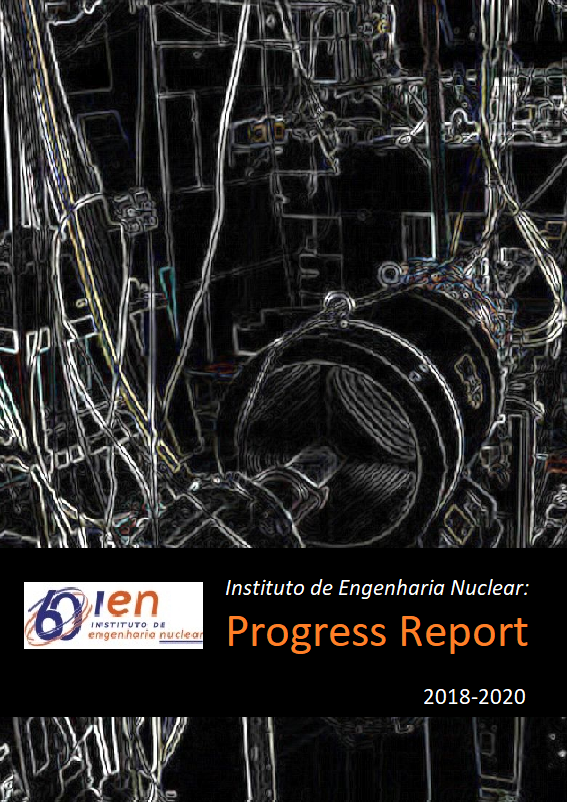Study of volume fractions using the MCNPX and Gate / Geant4 codes
Resumo
This work had been performed as part of a doctoral thesis. The objective of this research was the modeling a biphasic flow experiment in a stratified regime in two Monte Carlo-based MCNPX [1] and Gate/Geant4 [2], codes, and to verify which one has the greatest benefits for researchers, focusing on studies of volume fractions [3].
The Monte-Carlo technique is widely used within the radiation field, in medical and industrial researchers, radiation protection and nuclear facilities, for example. It is an excellent tool for radiation transport that helps project development since it facilitates the construction of geometries, the use of varied detectors and energies, thus eliminating problems with detector availability, radiation sources, and experimental tests, since there is no need of an experimental arrangement. However, a wrong modeling can bring problems to the project, increasing unforeseen costs, among other problems, such as the time lost in its development. On the other hand, a proper modeling, which ensures the complete matching up of computational with experimental results, is extremely important.
Artificial intelligence techniques, especially artificial neural networks (ANNs), had been applied in order to interpret the pulse height distributions (PHDs) obtained by radiation detectors to predict the volume fractions. In addition, for this study, the use of ANNs is also important, because it requires a considerable number of simulations, which will make us explore more each code.
To simulate a detector in the MCNPX it was necessary to know its energy resolution, where the command Gaussian Energy Broadening (GEB), available in this code, must be used. For such, it is necessary to know the parameters a, b and c (provided by the user in the input file) through Equation 1. The Gate code does not use the GEB function as the MCNPX does, it uses the resolution, as shown in Equation 2.
The predicted volume fraction by ANN model is close to the experimental results, showing no major differences between the codes. However, in Figure 1 shows the obtained Relative percentage deviation (RPDs) for the proposed predicting ANN model in greater details. Here it is possible to notice that the RPDs of the MCNPX results are lower compared to Gate. Furthermore, MCNP-X presents a simpler input development methodology.
The computational cost was measured in terms of the time elapsed for each simulation, and the same computer was used for all simulations. MCNP-X presented an average of 24 minutes per simulation and Gate presented an average of 34. Ten minutes don't sound like a lot, but when considering a reasonable number of simulations, this difference can result in hours or even days depending on the total number of simulations, which is very common in training artificial neural networks. In summary, the MCNP performed as a great tool for studies of volume fractions.
Downloads
Publicado
Como Citar
Edição
Seção
Licença
Copyright (c) 2021 Renato Raoni Werneck Affonso, Ademir Xavier da Silva, William Luna Salgado, Roos Sophia de Freitas Dam, César Marques Salgado

Este trabalho está licenciado sob uma licença Creative Commons Attribution-NonCommercial-NoDerivatives 4.0 International License.


